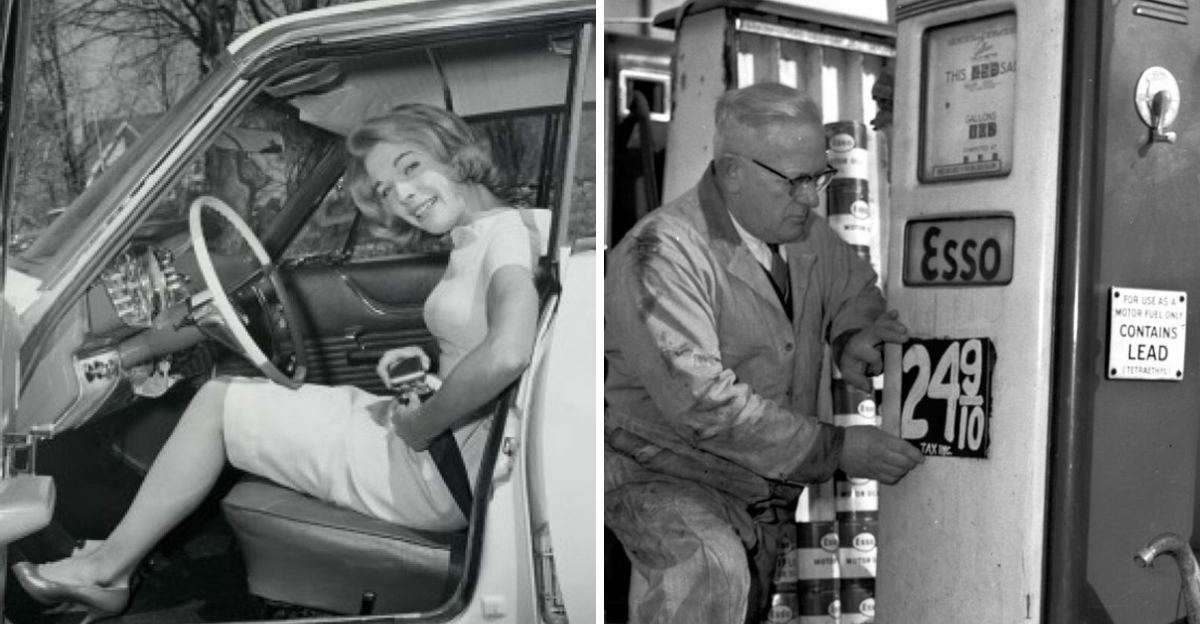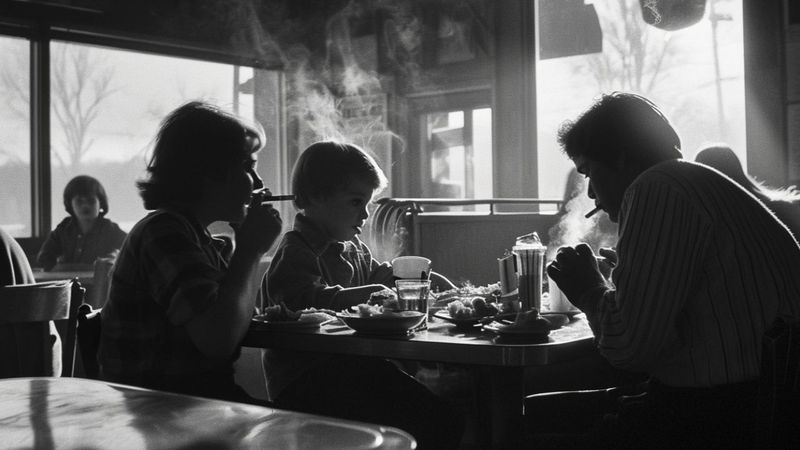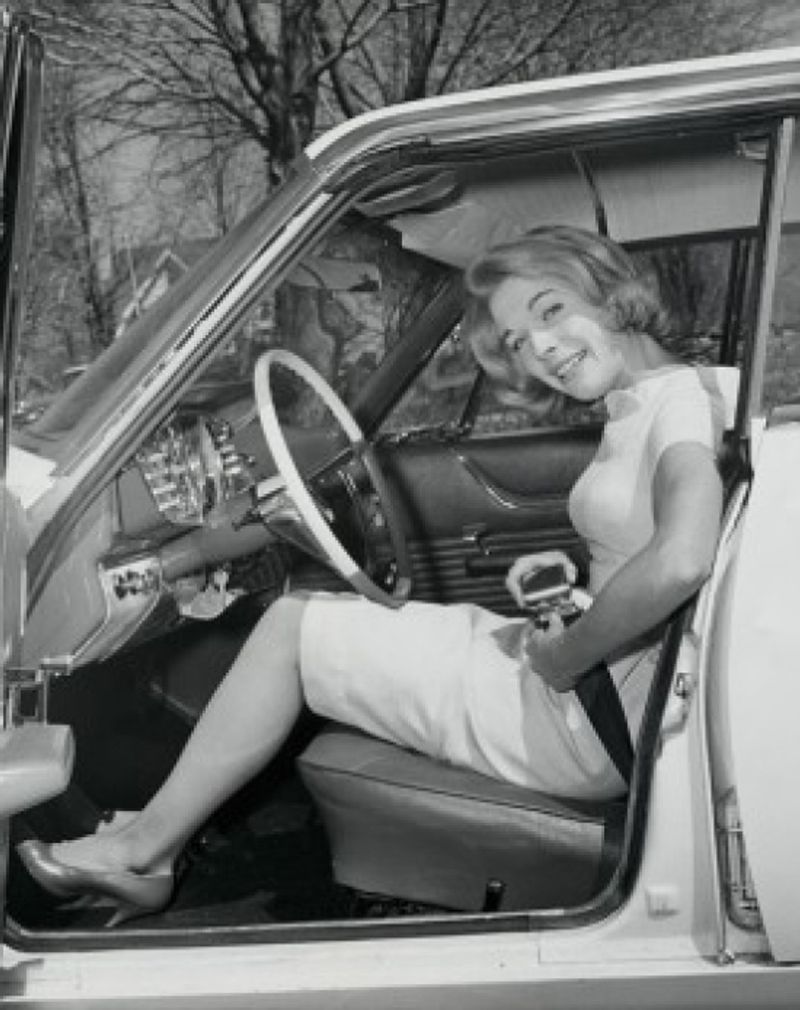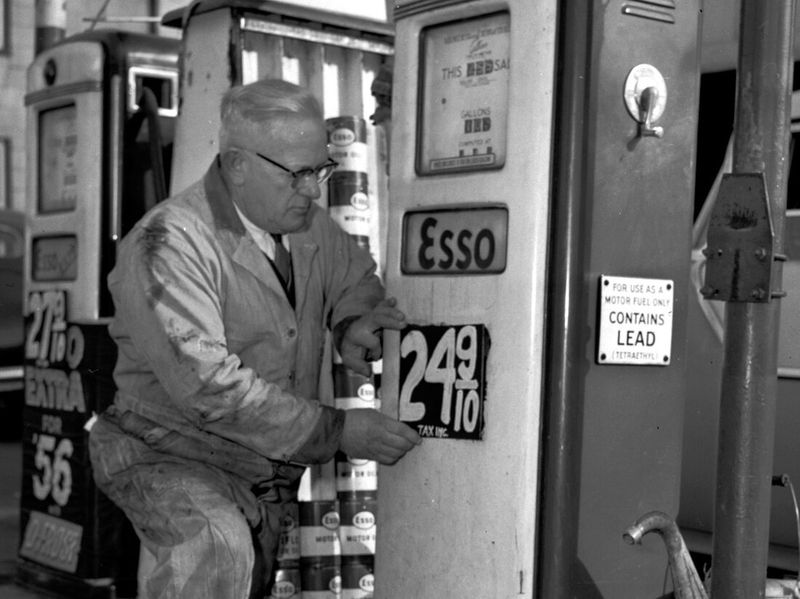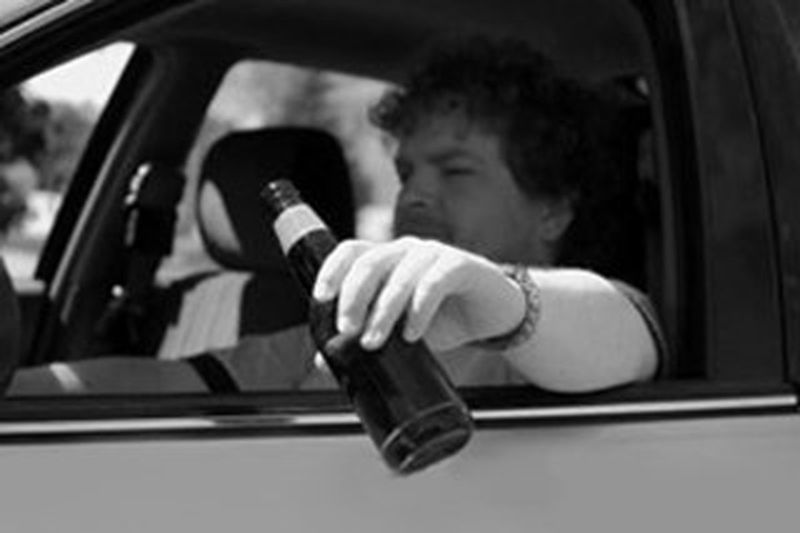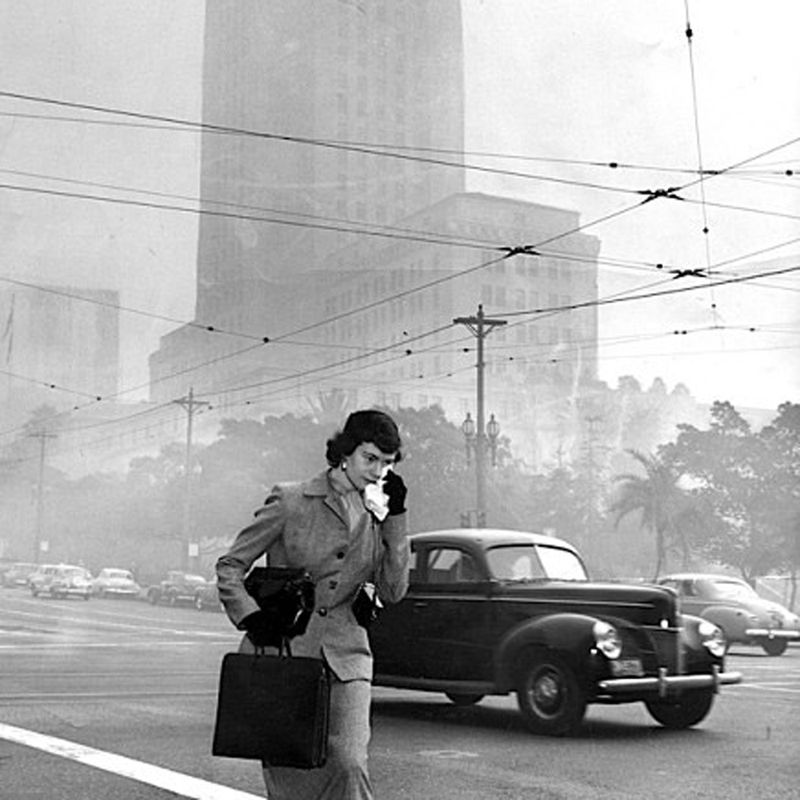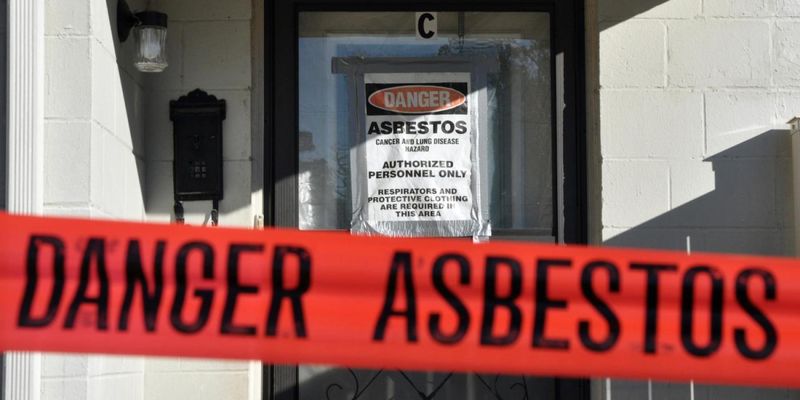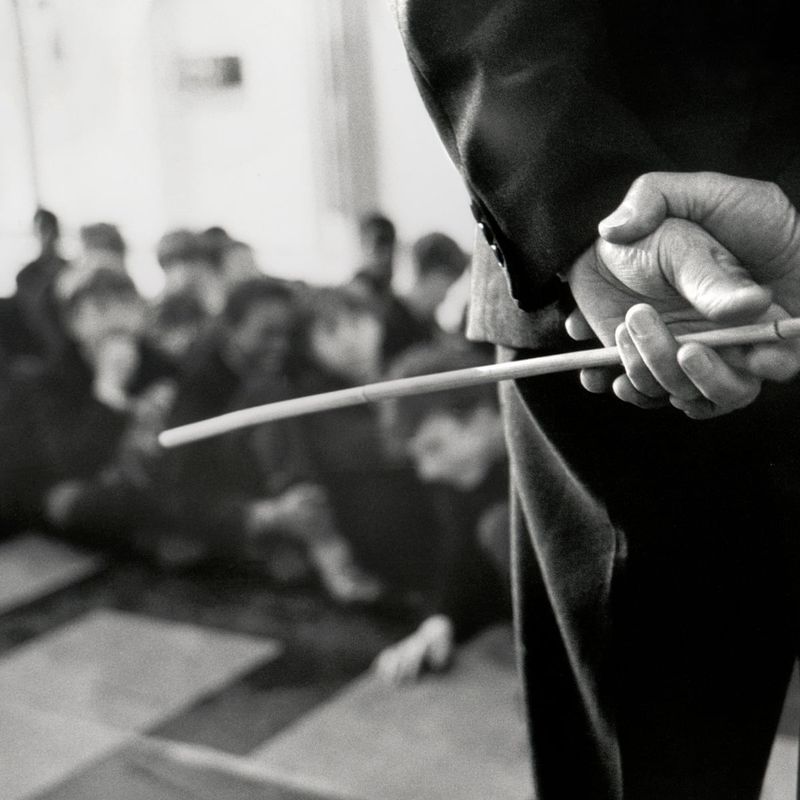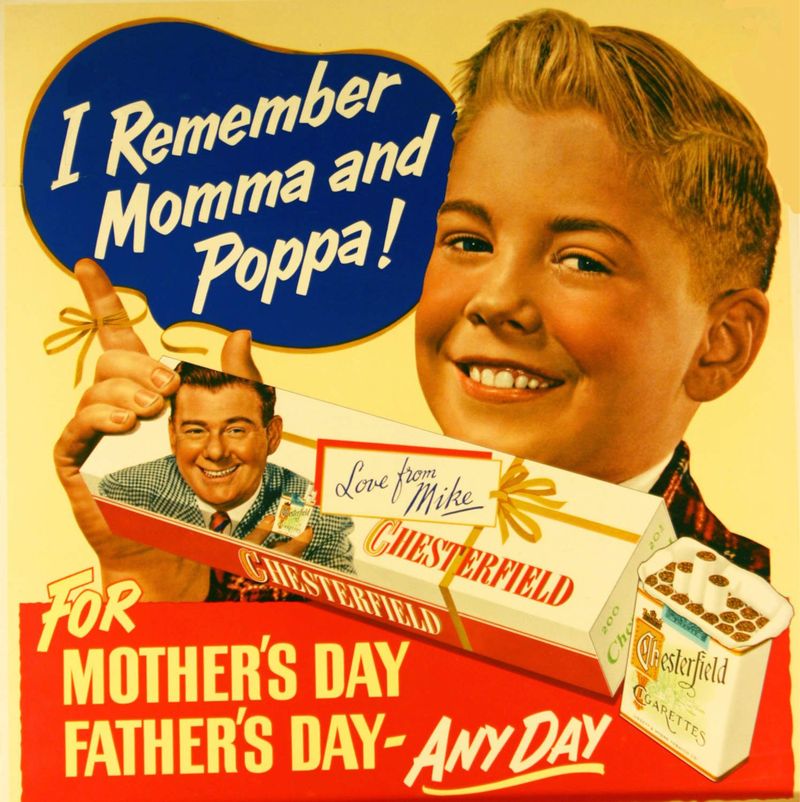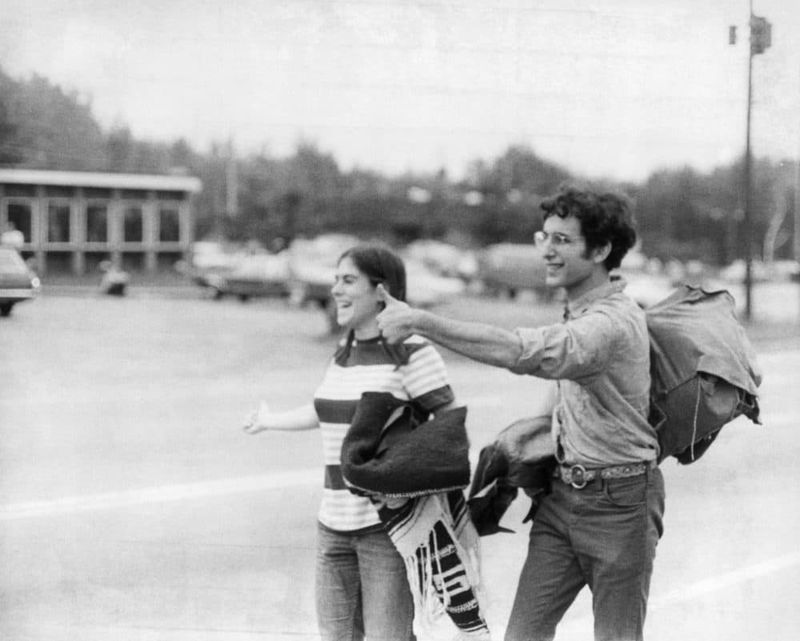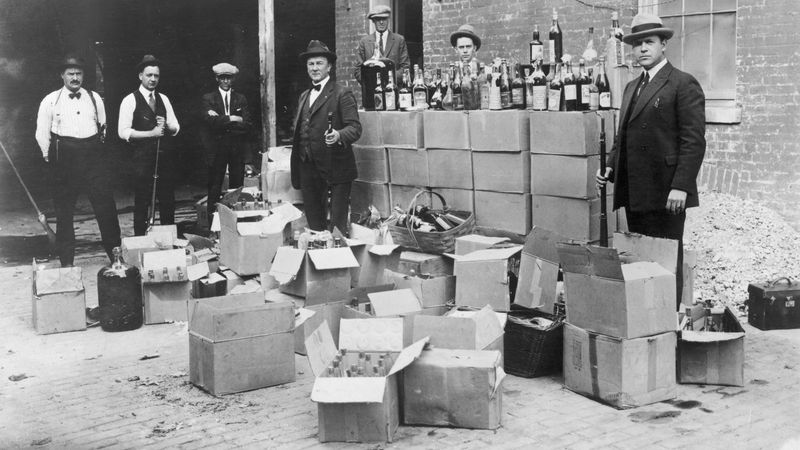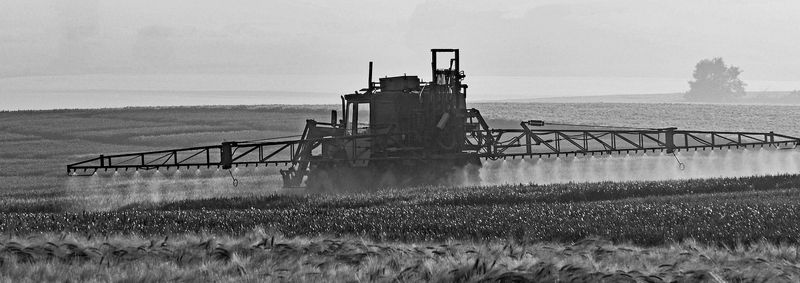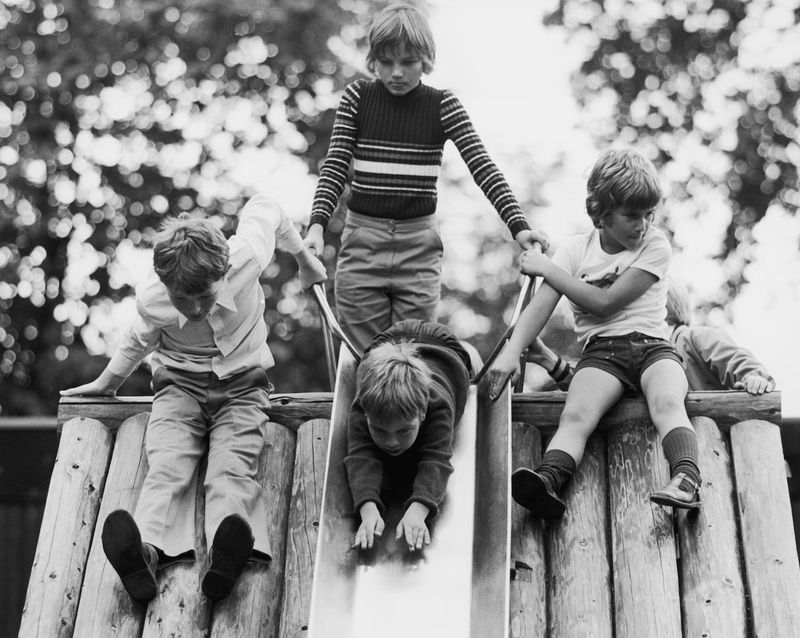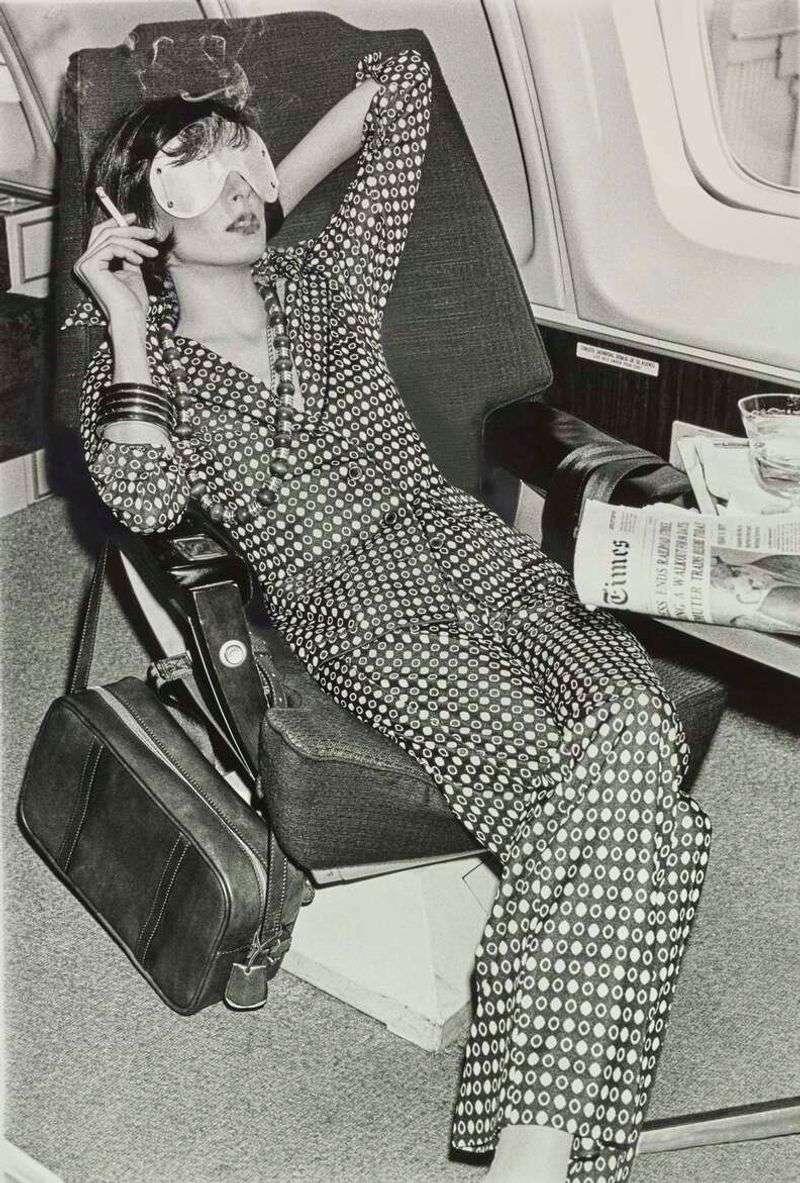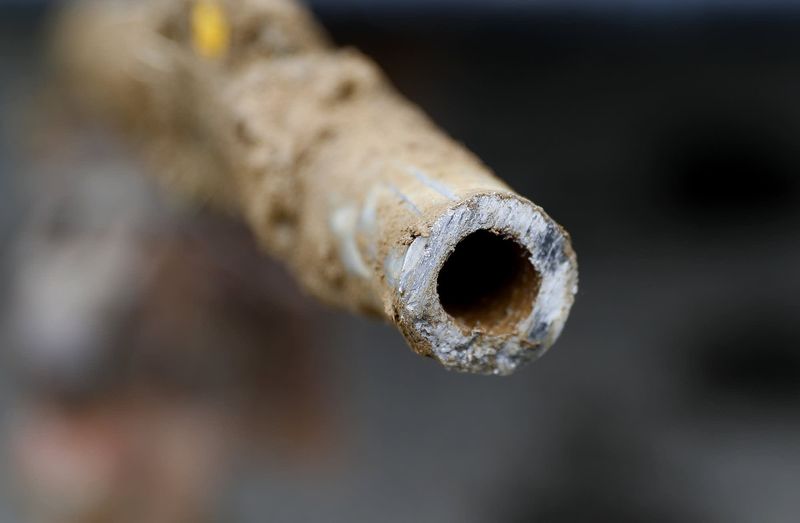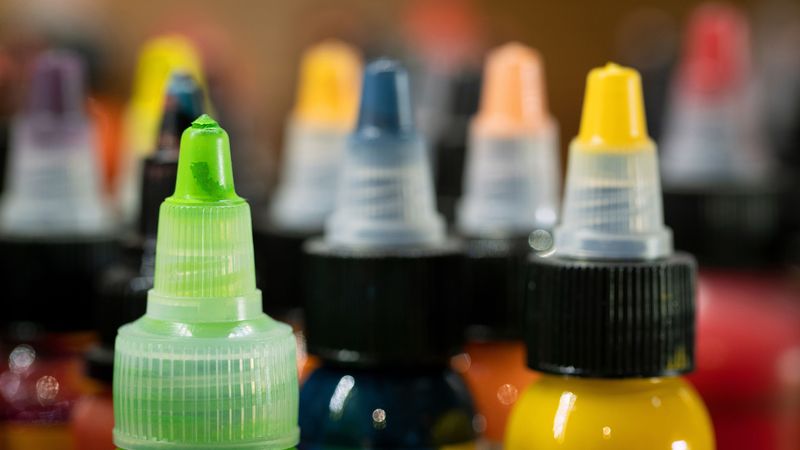The 1970s were a time of cultural upheaval, disco music, and daring fashion. However, many activities that were commonplace and legal back then would raise eyebrows and legal issues today. From the lax safety standards to the carefree attitude towards certain substances, the ’70s were a different era altogether. This post explores 21 such activities that would be illegal in today’s world, presenting a nostalgic yet eye-opening journey into the past. Let’s dive into a time when things were a bit wilder and rules a tad looser.
Smoking Indoors
In the ’70s, smoking indoors was commonplace, whether you were at a restaurant, office, or even a hospital. The air was often thick with the smell of tobacco, a stark contrast to the smoke-free environments we expect today.
Many establishments even placed ashtrays on every table, encouraging the habit. Health warnings were minimal, and the cultural acceptance of smoking was widespread.
This relaxed attitude towards indoor smoking would be unacceptable today, with strict laws ensuring smoke-free public spaces, aimed at protecting non-smokers from harmful secondhand smoke exposure.
Driving Without Seatbelts
In the 1970s, seatbelt laws were either non-existent or not enforced, allowing drivers and passengers to ride without the safety measures we now consider essential.
It wasn’t uncommon to see children bouncing around the back seat or even sitting in the front without restraints.
Today, mandatory seatbelt laws are in place to increase safety and reduce fatalities in accidents. This shift highlights the growing awareness and importance of road safety over the decades.
Lead in Gasoline
Back in the ’70s, leaded gasoline was the norm, fueling cars across the nation. The dangers of lead to human health, especially in children, were not yet fully understood or addressed.
As the environmental movement gained momentum, the harmful effects of lead emissions became apparent, leading to its eventual phase-out.
Today, unleaded gasoline is standard, reflecting our commitment to cleaner air and healthier living conditions, a significant change from the practices of the past.
Drinking While Driving
The 1970s had a more relaxed approach to alcohol consumption, even allowing drinking while driving in many places.
Open container laws were not as stringent, and the sight of a driver sipping a beer was not as shocking as it is today.
Nowadays, the dangers of drinking and driving are well-documented, and strict regulations aim to prevent impaired driving, reflecting a major shift in attitudes towards road safety and responsible alcohol use.
Minimal Child Car Seats
Child safety in vehicles was not a major concern in the ’70s, with minimal or no use of car seats for kids.
Many families simply held babies on laps or let children roam freely in the back seat.
Today, laws require the use of age-appropriate car seats, prioritizing child safety and significantly reducing the risk of injury in the event of an accident. This change underscores the increased focus on protecting young passengers on the road.
Lax Pollution Controls
In the 1970s, environmental regulations were not as stringent, and factories often emitted pollutants without much oversight.
The Clean Air Act and other environmental laws were in their infancy, and public awareness of pollution’s impact was limited.
Nowadays, businesses face strict regulations to control emissions, reflecting a major shift towards environmental responsibility and the importance of protecting our planet for future generations.
Asbestos in Buildings
Asbestos was widely used in construction during the ’70s, valued for its fire-resistant properties. However, the health risks posed by asbestos fibers were not fully understood at the time.
Many buildings from this era still contain asbestos, requiring careful handling during renovations.
Today, asbestos use is heavily regulated, and its removal is a specialized process to prevent health hazards, illustrating increased awareness of occupational safety.
Public School Spanking
Corporal punishment, such as spanking, was a common disciplinary method in public schools during the 1970s.
Teachers and principals were often allowed to administer physical punishment for misbehavior, a practice now largely unacceptable.
Today, many educational systems have shifted towards more positive reinforcement techniques, reflecting broader changes in societal attitudes towards child discipline and the importance of creating a safe learning environment.
Unregulated Advertising to Children
In the ’70s, advertising aimed at children was largely unregulated, with toy and cereal ads dominating TV during Saturday morning cartoons.
The impact of advertising on children wasn’t fully understood, allowing companies to exploit young audiences with little oversight.
Today, regulations limit the methods and content of advertisements directed at children, recognizing the need to protect young, impressionable minds from manipulative marketing tactics.
Hitchhiking Everywhere
Hitchhiking was a popular mode of traveling in the ’70s, seen as an adventurous and cost-effective way to explore the country.
Back then, it was more culturally accepted, and many people considered it a normal means of transportation.
However, the practice has significantly declined, as safety concerns and awareness of potential dangers have grown, leading to laws in some areas that restrict or discourage hitchhiking.
No Bicycle Helmets
In the 1970s, bicycling without helmets was the norm, with safety gear rarely considered for casual rides.
Children and adults alike rode freely, unaware of the risks of head injuries.
Today, wearing a helmet is an essential safety measure for cyclists, supported by laws in many regions. This shift reflects a broader commitment to preventing injuries and promoting safer cycling practices.
Open Alcohol Containers
During the ’70s, open container laws were not as strict, allowing people to openly consume alcohol in public spaces like parks and beaches.
Social gatherings often featured beer and wine without much restriction.
Today, many areas have enacted laws to control alcohol consumption in public, aiming to maintain order and reduce related problems, such as public intoxication and littering.
Lead Paint in Homes
Lead-based paint was widely used in homes during the 1970s, lauded for its durability and finish. However, the health risks, particularly to children, were not fully recognized at the time.
As awareness of lead poisoning grew, regulations were introduced to limit its use and ensure safer alternatives.
Today, lead paint is banned in many places, and remediation efforts continue to address its legacy, highlighting a significant shift towards safer living environments.
Pesticides Without Regulation
In the ’70s, the use of pesticides in agriculture was less regulated, with little understanding of their environmental and health impacts.
Farmers often relied on pesticides to maximize yields without much oversight.
Today, stricter regulations govern pesticide use, aiming to protect ecosystems and public health. This change underscores the growing awareness of sustainable farming practices and the importance of responsible chemical use in agriculture.
Unsupervised Playtime
Children in the ’70s often enjoyed unsupervised playtime, roaming neighborhoods freely without constant parental oversight.
This freedom fostered independence and creativity, but also came with risks.
Nowadays, parental supervision is more common, with structured activities and playdates reflecting a cautious approach to child safety, balancing freedom with protection.
Casual Attitudes Towards Drugs
The ’70s were known for a relaxed attitude towards recreational drug use, with substances like marijuana and LSD gaining popularity.
Parties and social gatherings often included casual drug use, reflecting a more open approach to experimentation.
Today, drug laws are stricter, aiming to control substance abuse and promote public health, illustrating a significant shift in societal attitudes and legal frameworks.
Unrestricted Airline Smoking
Smoking was allowed on airplanes in the ’70s, with designated smoking sections even on long-haul flights.
Passengers and crew were exposed to secondhand smoke, an accepted part of air travel at the time.
Today, in-flight smoking bans reflect a commitment to healthier travel experiences, ensuring smoke-free environments and reducing health risks for all on board.
DIY Home Improvements with Hazardous Materials
Home improvement projects in the ’70s often involved materials now considered hazardous, like asbestos and lead-based products.
DIY enthusiasts worked with these materials without awareness of potential health risks.
Today, regulations and awareness campaigns promote safe practices, requiring proper handling and disposal of hazardous substances, ensuring safer home environments.
Drinking from Lead Water Pipes
In the ’70s, many households still used lead pipes for their water supply, unaware of the potential health risks. Drinking water directly from the tap was common, as people trusted their plumbing without question. The convenience of readily available tap water was a staple of daily life.
As scientific understanding of lead toxicity evolved, so did the regulations. Lead pipes have been largely replaced with safer materials, and there are stringent standards for drinking water quality.
This change highlights the progress in public health awareness and the ongoing efforts to ensure clean and safe drinking water for all, safeguarding communities from the dangers once overlooked.
Public Fireworks Displays Without Permits
Back in the ’70s, anyone could host a public fireworks display without needing permits or considering strict safety measures. Crowds gathered in parks and open spaces, mesmerized by the colorful explosions lighting up the night sky. The lack of formal regulations meant that these events were accessible to all, fostering a sense of community celebration.
However, the absence of safety barriers and proper oversight made these displays potential hazards. Today, organized fireworks events require permits and adherence to strict safety protocols, ensuring public safety while still providing entertainment.
The shift towards regulated displays underscores a broader societal commitment to safety and risk management, reflecting how modern regulations aim to protect and enhance public enjoyment.
Unregulated Tattoo Inks
In the ’70s, tattoo inks were not regulated, and safety standards for tattooing were minimal.
Artists often mixed their own inks without oversight, leading to potential health risks.
Today, regulations ensure safe, sterile tattooing environments, highlighting the importance of health standards and consumer protection in the tattoo industry.
